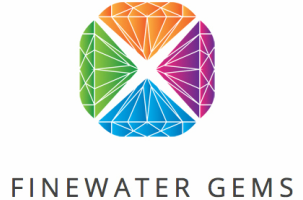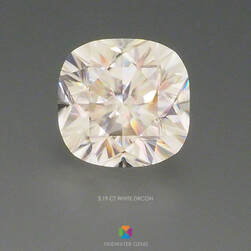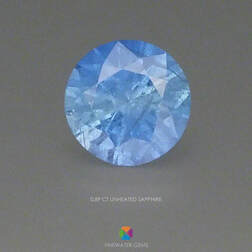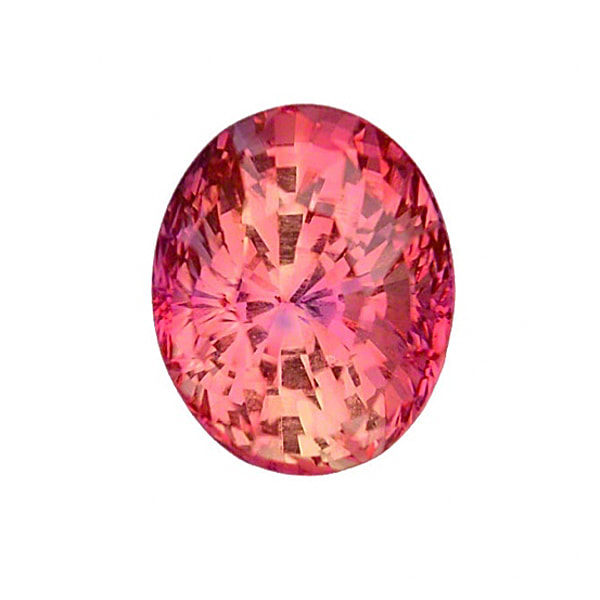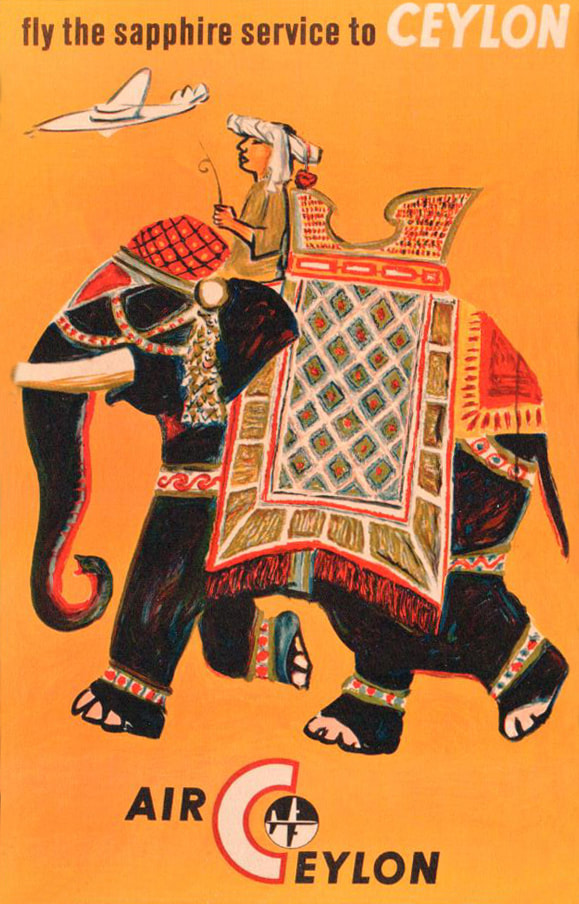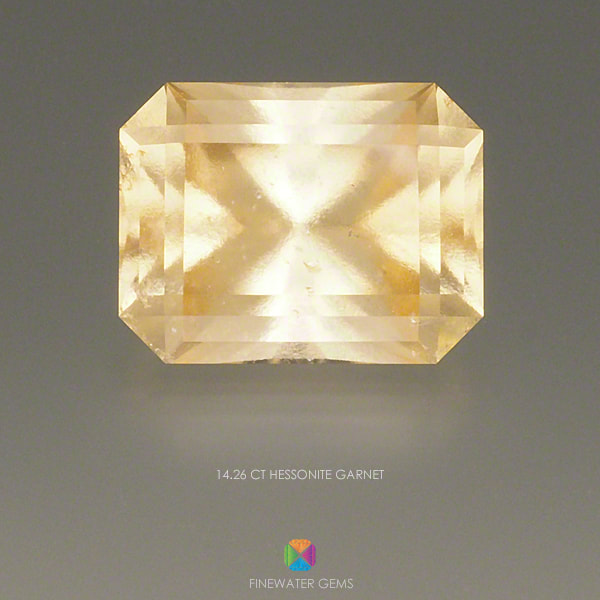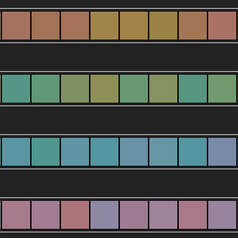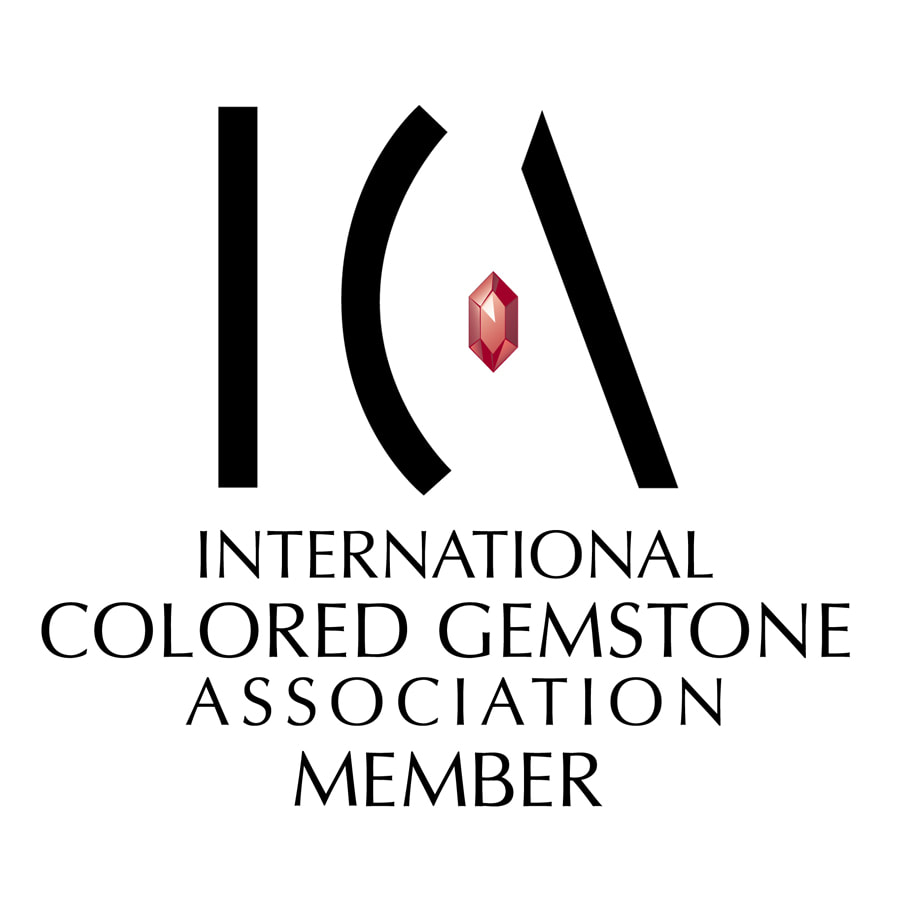0 Comments
Most people are aware that diamonds are graded for cut quality, polish and symmetry (with an excellent grade in each category forming the well-known “Triple Excellent” or “Triple X” rating) but it’s rare that a colored stone is graded for anything beyond clarity (and many colored stone vendors will not even provide that.) Finewater has always provided a clarity grade but we feel that a cut quality grade would also be useful, so we will be adding it to all of our gemstone listings as time permits. There are no internationally accepted cut quality standards for colored stones, so our cut grade will encapsulate several factors such as proper proportions, meetpoint accuracy, symmetry, and polish (which includes scratches, blemishes, chips, etc). Check out our previous blog articles on these qualities and how to evaluate cut quality excellence for yourself.
We now have a Graduate Gemologist at Finewater Gems – me! It’s been a demanding undertaking but ultimately my most gratifying and rewarding accomplishment in a very long time. Cutting thousands of gemstones or owning testing equipment may help develop gemological skills, but it cannot come close to replicating the knowledge that’s gained in an intensive gemology program like GIA’s Graduate Gemologist program. Whether we are hand-selecting sapphires in a Sri Lankan broker’s office, negotiating spinel prices in Yangon’s steamy street market, hunting for tourmalines deep in the remote Namibian desert, or spotting fake emeralds on Bogota’s Avenida Jimenez, you can be assured that we have the gemological skills and confidence to properly identify gemstones, validate seller’s claims, and select top colors in order to bring you the finest gemstones that the world has to offer.
|
Archives
September 2022
|
Copyright © 2007-2024 Finewater Gems. All rights reserved.
